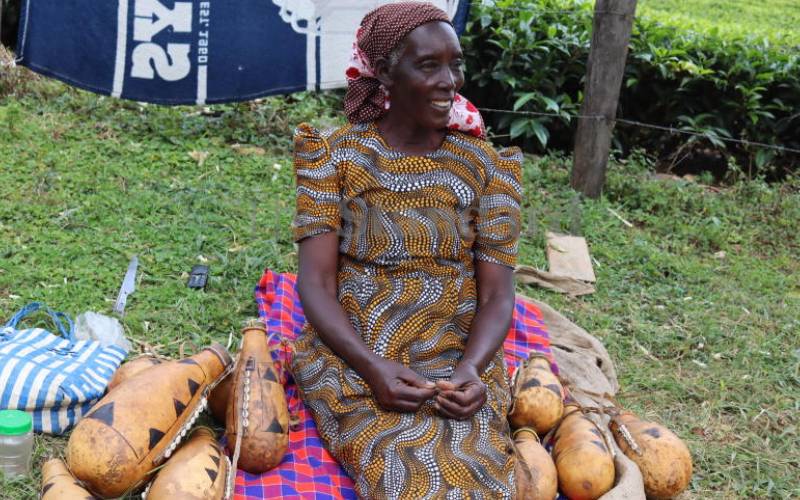×
The Standard e-Paper
Truth Without Fear

71-year-old Sally Lagat at her home in Komogoch village, Nandi County. [Edward Kosut, Standard]
When the locals leave their homes to work in nearby tea plantations in Nandi, Sally Lagat sits outside her house where she meticulously decorates calabashes every day.